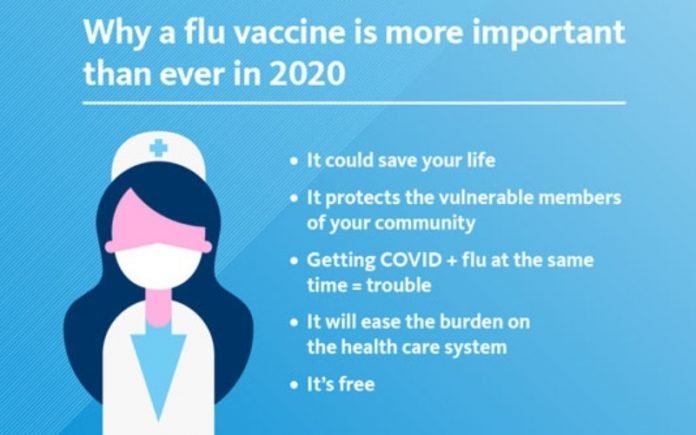
With COVID-19 in the mix, this year’s cold and flu season could prove interesting. For starters, every throat tickle and sneeze might make you anxious.
Are you coming down with a cold? The flu? Could it be COVID-19?
UCLA Health’s clinical chief of infectious diseases, Daniel Uslan, M.D., MBA, shares how to tell the difference.
A simple way to know when it’s a cold
“A cold is an upper respiratory infection that causes nasal congestion, sore throat and occasionally a cough,” says Dr. Uslan.
Unfortunately, these symptoms are also trademarks of the flu and COVID-19. But there’s a key difference.
“With a cold,” Dr. Uslan continues, “you won’t have a fever or muscle aches, which are hallmark signs of influenza and COVID-19.”
Comparing the flu and COVID-19 is more challenging
Distinguishing between the flu and COVID is a lot more challenging. The two illnesses share many common symptoms: fever (above 100.4 degrees F), chills, muscle aches, headaches, cough, sore throat, and a stuffy or runny nose.
Both illnesses can also make it hard to breathe. But with COVID-19, this problem in particular tends to be much worse.
“That gasping-for-air feeling typically doesn’t happen with influenza unless you’ve also developed pneumonia,” says Dr. Uslan.
Losing your sense of taste or smell is a good indication that you have COVID-19, as this doesn’t happen with the flu. However, not everyone with COVID-19 develops this problem.
Testing is key
The only way to know for sure what’s causing your symptoms is to get tested, Dr. Uslan says.
The right diagnosis can affect treatment decisions and also help track and prevent the spread of both viruses.
If you have the flu, antiviral medications like Tamiflu® can lower the risk of respiratory infections like pneumonia and knock a day or two off of how long you’re sick — but you should start treatment within 48 hours of symptom onset for best results.
Other flu treatments — rest, fluids and over-the-counter antihistamines and decongestants — are also the best options if you’re diagnosed with COVID-19 and can recover at home, which most people are able to do.
Breathing difficulties signal a life-threatening emergency, and if you are experiencing this symptom, “you should immediately call 911 or head to the nearest emergency department,” Dr. Uslan says.
While a COVID-19 vaccine is in development, flu vaccines are available now
While scientists are still working on a COVID-19 vaccine, the good news is that there’s already a vaccine to protect you against the flu.
There’s also good news coming from countries in the southern hemisphere like Australia and South America, where flu season is wrapping up.
“It appears that this flu season may be milder than usual because of all of the extra precautions everyone is taking to stop the spread of the coronavirus disease,” says Dr. Ulsan.
“Frequent hand washing, physical distancing and mask wearing are great ways to prevent getting sick and spreading illness.”



